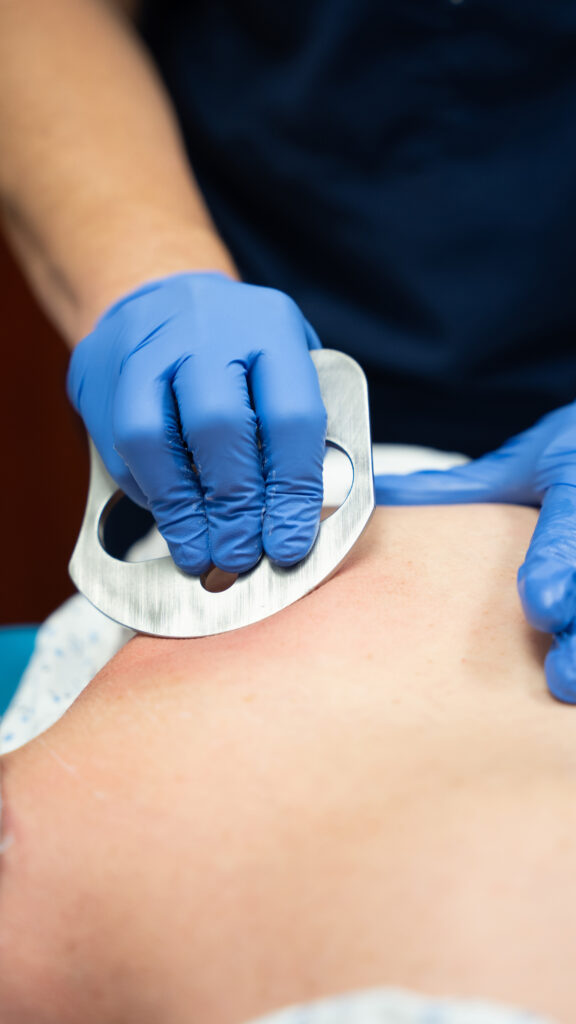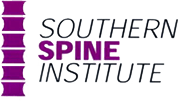Unlock the Power of Healing With Dry Needling
Through expert guidance, advanced techniques, and compassionate support, we empower patients to reclaim comfort, restore mobility, and improve quality of life.

Dry Needling
In addition to our comprehensive physical therapy services, we offer dry needling as an advanced treatment option for targeted pain relief and enhanced muscle function. Dry needling involves the insertion of thin, sterile needles into muscles, tendons or connective tissue to alleviate pain and improve mobility. Dry needling releases shortened bands of muscles and decreases trigger point activity to stimulate a healing response in painful musculoskeletal conditions. This technique is particularly beneficial for individuals experiencing chronic pain, myofascial dysfunction, or musculoskeletal imbalances. Our skilled physical therapists are trained in the precise application of dry needling, utilizing their expertise to identify and address underlying issues effectively.
This procedure can help release tension, reduce muscle tightness, and promote blood flow to facilitate tissue healing. Whether used as a stand-alone treatment or in conjunction with other therapeutic modalities, dry needling offers patients a non-pharmacological approach to pain management and functional improvement.
Frequently Asked Questions
What is dry needling, and how does it differ from acupuncture?
Dry needling is a therapeutic technique to treat musculoskeletal pain and movement impairments. It involves inserting thin, sterile needles into muscles, tendons, or connective tissue to alleviate pain and improve mobility. In contrast, acupuncture is a traditional Chinese medical practice aimed at balancing the body’s energy flow along meridians to treat a wide range of physical and emotional conditions beyond musculoskeletal issues.
What conditions can dry needling help with?
Dry needling can be beneficial for various musculoskeletal conditions, including but not limited to chronic pain, muscle tension, myofascial pain syndrome, tendonitis, sports injuries, headaches, and neck or back pain. It is often used as part of a comprehensive treatment plan to address specific trigger points or areas of muscular dysfunction.
Is dry needling painful?
Sensations experienced during dry needling can vary from person to person. Some individuals may feel minimal discomfort or a slight prickling sensation when the needle is inserted, while others may experience a temporary ache or muscle twitch response. However, any discomfort is typically brief and subsides quickly after the needle is removed.
How many sessions of dry needling are typically needed to see results?
The number of dry needling sessions required depends on several factors, including the severity of the condition being treated, individual response to treatment, and the goals of therapy. While some individuals may experience immediate relief after one session, others may require multiple sessions spaced over several weeks to achieve optimal results.
Are there any side effects or risks associated with dry needling?
Dry needling is generally considered safe when performed by a trained and licensed healthcare provider, like the experts at Southern Spine Institute. However, some may experience temporary side effects such as minor bruising, soreness, or localized bleeding at the insertion site. Serious complications are rare, but can include infection or injury to underlying structures. Your therapist will discuss all potential risks, side effects, and benefits with you, and answer any questions you have before, during, and after treatment.
